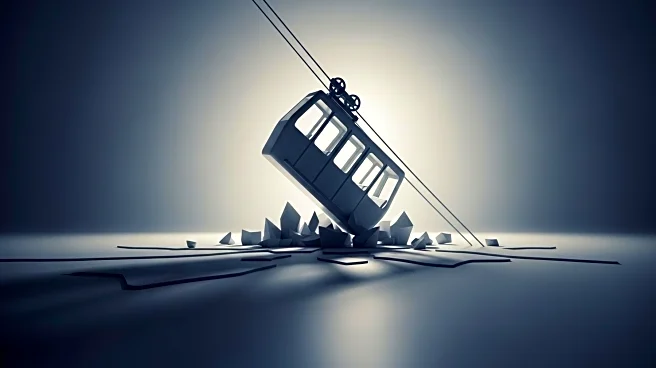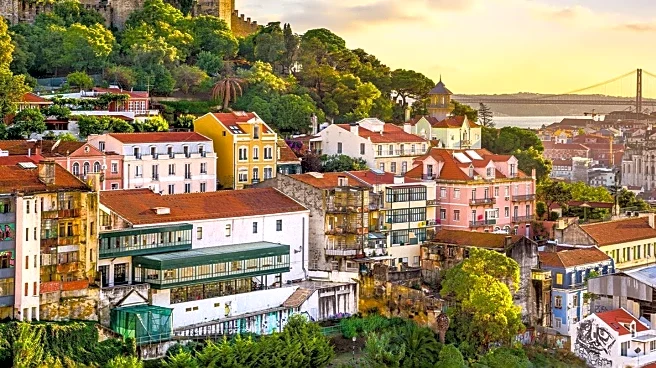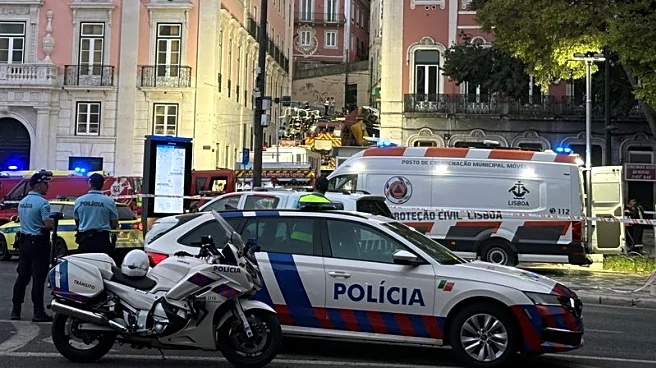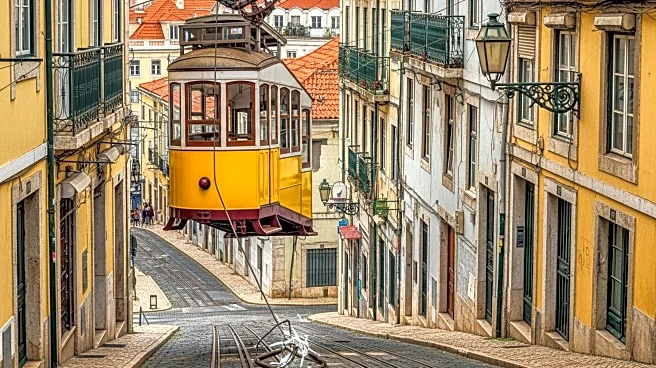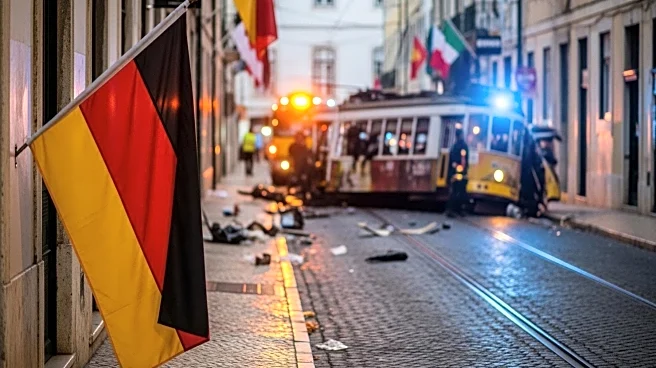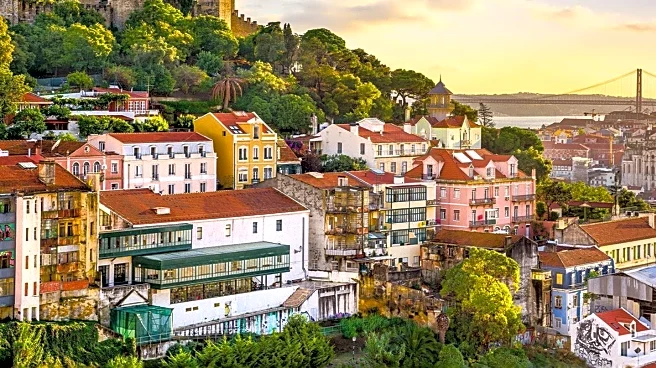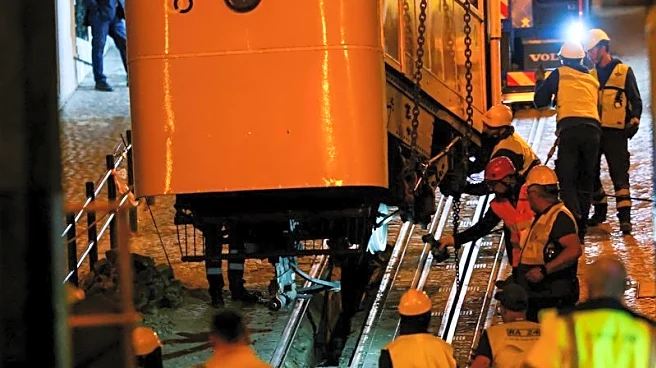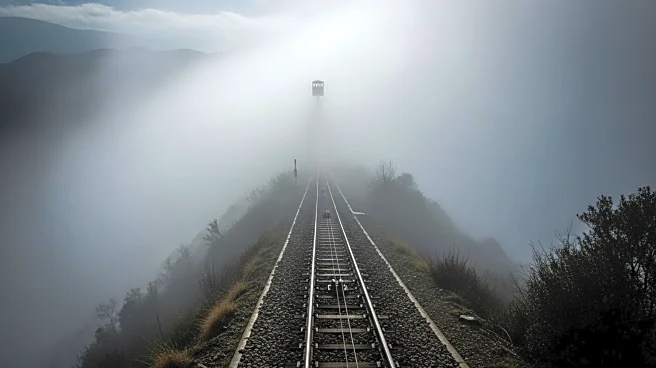What is the story about?
What's Happening?
A tragic accident occurred in Lisbon when a funicular cable reportedly disconnected, causing a carriage to crash into a nearby building, resulting in 16 fatalities and 20 injuries. The incident has sparked discussions about the city's infrastructure and maintenance practices, particularly in the context of its growing tourism industry. The funiculars, which are often seen as tourist attractions, have been under scrutiny for their maintenance protocols, which were outsourced to private contractors over a decade ago. This tragedy coincides with the collapse of a residential building in a gentrifying neighborhood, raising concerns about the impact of tourism and real estate development on local communities.
Why It's Important?
The accident underscores the challenges faced by cities like Lisbon in balancing tourism and local needs. The focus on attracting international visitors and investors has led to significant changes in urban landscapes, often at the expense of long-term residents. This situation is reflective of broader trends in urban development where economic liberalization and tourism can lead to structural neglect and displacement. The tragedy serves as a reminder of the need for sustainable urban planning that prioritizes the well-being of all residents, not just economic growth.
What's Next?
Investigations into the funicular accident are ongoing, with authorities examining maintenance records and protocols. The incident may prompt a reevaluation of Lisbon's infrastructure management and the role of private contractors in maintaining public services. Additionally, there could be increased pressure on city officials to address the impacts of gentrification and tourism on local communities, potentially leading to policy changes aimed at preserving affordable housing and ensuring equitable development.
Beyond the Headlines
The accident highlights the ethical and cultural dimensions of urban development, particularly in historic cities like Lisbon. The preservation of old technologies and buildings requires not only physical maintenance but also the retention of institutional knowledge and care. The incident may lead to broader discussions about the cultural identity of cities and the importance of maintaining a balance between modernization and heritage.
AI Generated Content
Do you find this article useful?



